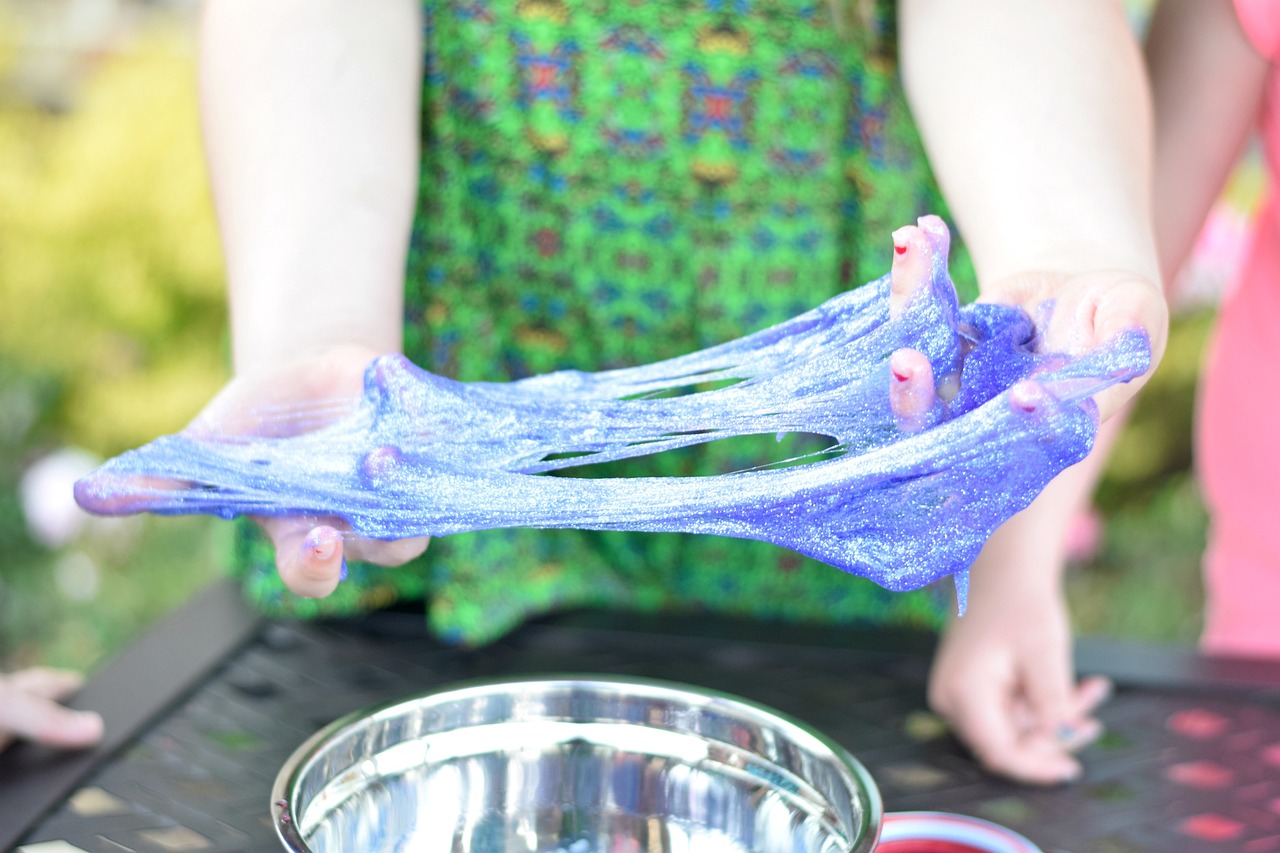
Slime – that gooey, stretchy, oh-so-satisfying blob – has captivated little hands and big imaginations for generations. But did you know this fascinating material is also a simple science experiment waiting to happen? Making your own slime at home is not only fun, but it's a fantastic way to spark curiosity, explore chemical reactions, and create personalized sensory toys. So, grab your lab coats (or aprons, in this case), and let's dive into the slimy side of science!
The Basic Recipe:
The magic of slime lies in the interaction between polymers (long chains of molecules) and cross-linking agents (molecules that bind those chains together). Luckily, you don't need a PhD in chemistry to understand it. Here's a basic recipe to get you started:
Ingredients:
Instructions:
Slime Variations:
The beauty of slime is its adaptability! Once you master the basic recipe, you can unleash your inner scientist and create endless variations:
Slime Science:
Remember, making slime is more than just fun – it's a science experiment in disguise! As you mix and knead, you're witnessing a chemical reaction called cross-linking. The borax or laundry detergent molecules bind to the long chains of glue molecules, creating a network that traps water and gives slime its unique stretchy texture. So, while your hands are busy playing, your brain is learning about polymers, chemical reactions, and the amazing properties of materials.
Safety Tips:
Slime is generally safe for children, but there are a few things to keep in mind:
The Gooey Conclusion:
Making slime at home is a fun, educational, and surprisingly affordable activity that's perfect for families, classrooms, or anyone who loves getting their hands dirty. So, gather your ingredients, embrace the messy magic, and let your creativity flow! After all, the only limit to slime is your imagination. Happy sliming!
Your email address will not be published. Required fields are marked *